
This strip of land from the Col de Tsanfleuron was not in the open for more than 2000 years and during the Roman era. A dry winter and heat waves that scorched Europe this summer have improved the still-resisting snow.
The pass is located at the junction of the Sunfleuron glacier and the Saxe-Rouge at an altitude of just 2800 m above sea level between the Vaud canton and Valais in the south-west of Switzerland. It is located in the Glacier 3000 ski area.
For the past few days, the tongue of land has been completely exposed, but, as Glacier 3000 recalls in a press release, “the 2021 measurements revealed an ice thickness of about 15 meters in this area”.
“The summer of 2022, followed by low rainfall, is a disaster for glaciers,” the statement said.
For Dr. Mauro Fischer, a glaciologist at the University of Bern, “the loss of thickness of the glaciers in the Diablerets region is on average 3 times greater this year compared to the last 10 summers”.
less than half
But the melting phenomenon – now accelerating melting – is far from this part of Switzerland.
Glaciers there have lost half their volume since 1931, according to a study published in August by scientists who were the first to reconstruct the glacier’s retreat in the 20th century.
The melting of glaciers in the Alps – which experts attribute to global warming – has been closely monitored since the early 2000s. But researchers know little about how they have changed in recent decades, because only a few glaciers have been tracked since then. From up close.
To better understand their evolution, researchers from the Swiss Federal Institute of Technology Zurich (ETH Zurich) and the Federal Institute for Forest, Snow and Landscape Research (WSL) reconstructed the topography of a set of Swiss glaciers in 1931.
According to ETHZ and WSL, “Based on these reconstructions and comparisons with data from the 2000s, the researchers concluded that the size of the glaciers was halved between 1931 and 2016.
The study, published in the scientific journal La Cryosphere, suggests using archival images (21,700 photographs taken between 1916 and 1947) covering 86% of the Swiss glacial surface and stereophotogrammetry, which makes it possible to determine the nature, texture And the position of an object thanks to the pictures.
Scientists say the glaciers have not retreated continuously over the past century, with episodes of massive growth in the 1920s and 1980s.
Despite this short-term increase, “our comparison between the years 1931 and 2016 clearly shows that there was a significant glacial retreat during this period,” said one of the study authors, Daniele Farinotti, professor of glaciology at ETHZ and WSL. .
Glaciers are now melting rapidly.
Although they lost 50% of their volume between 1931 and 2016, it took just six years for them to lose 12% – between 2016 and 2022 – according to the Swiss glacier survey network GLAMOS.
Glamos director Matthias Huss talks about 2022 being a record year. “Other years like 2011, 2015, 2018 or 2019 have already seen very strong melting. The year 2022 is really different and will break all records,” he told ATS-Keystone in September.
He is due to publish a full report in the fall.

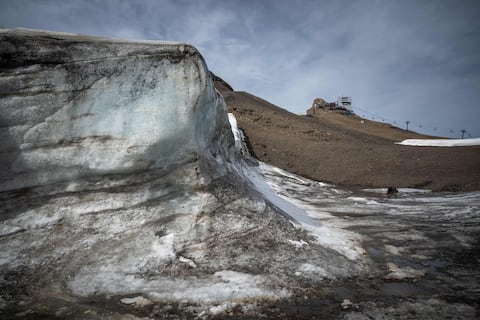
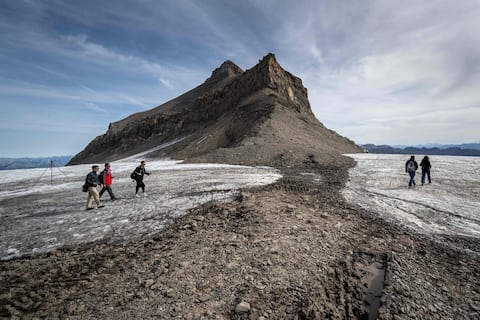
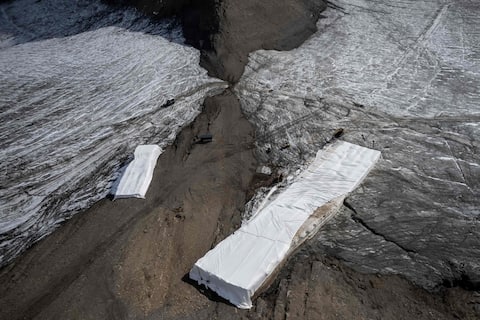
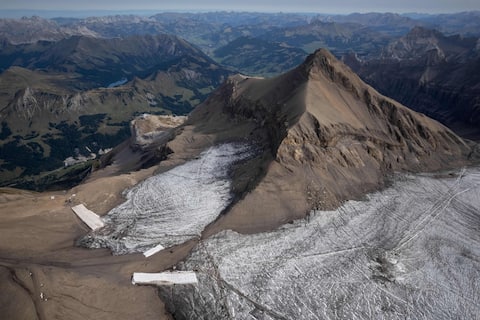
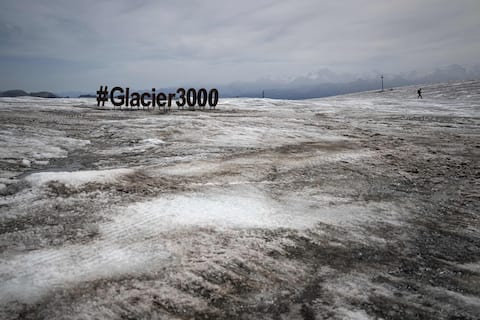




More Stories
Allegations of corruption Qatar warns of ‘negative impact’ of European measures
USA: Famous “Hollywood cat” euthanized in Los Angeles
The campaigner who called for the shooting of Ukrainian children has not been charged